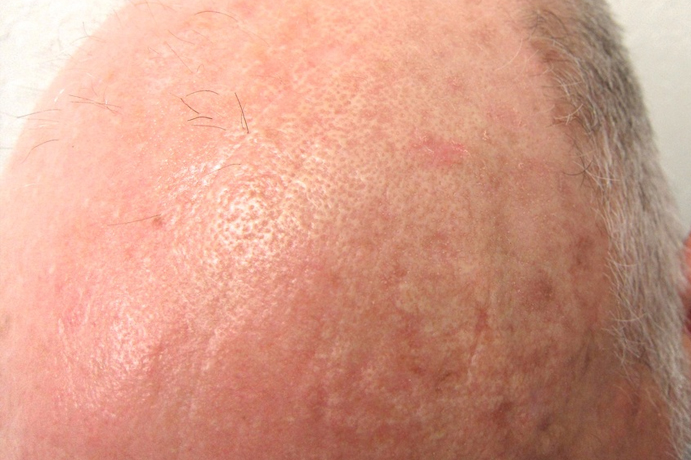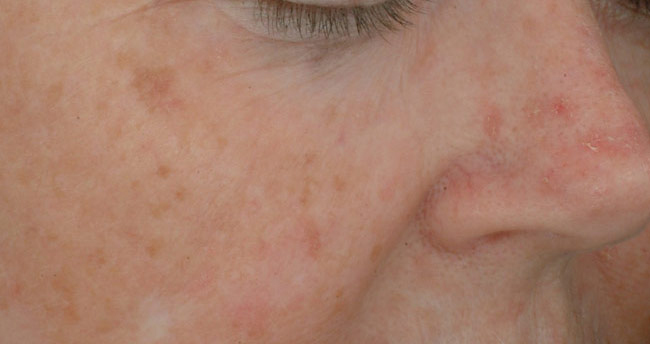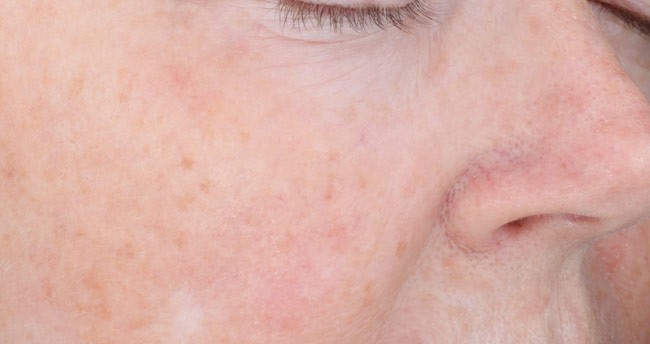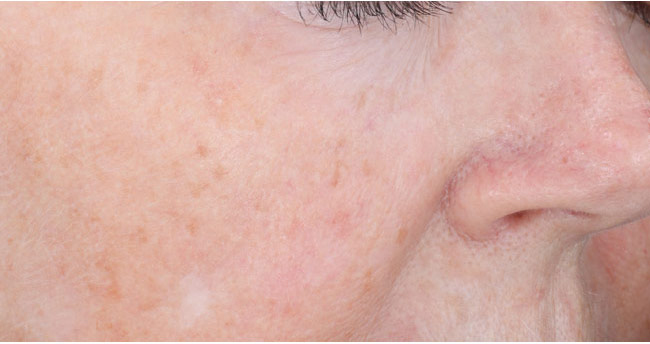Blue Light Photodynamic Therapy for the Treatment of AKs
Up to 58 million Americans have actinic keratosis (AK). An AK is a pre-cancer that has the potential to progress to squamous cell carcinoma (SCC), the second most common skin cancer. While most AKs remain benign, approximately 2-10 percent develop into squamous cell carcinoma within an average of two years. Since there is no way to know ahead of time which ones will become cancerous, it is very important to seek a dermatologist’s care. Frequent skin examinations are the key to early detection and prevention.





